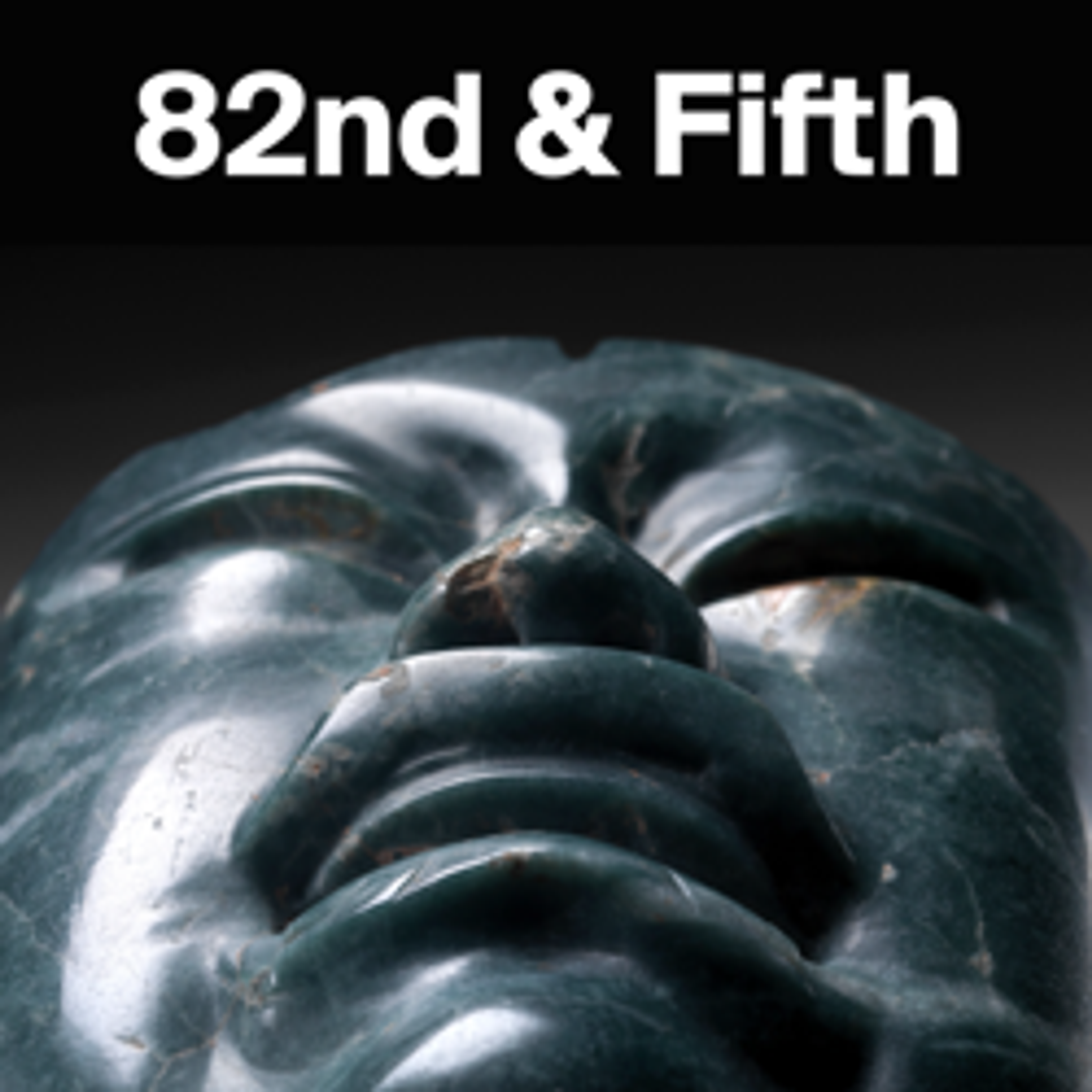Pilgrim Flask
Bernard Palissy was a French scientist, writer, garden designer, glassblower, painter, and ceramist. A devout and outspoken Huguenot, he was imprisoned for his religious beliefs and for his role in the Protestant riots of the first of the Wars of Religion. Catherine de'Medici, the French queen, who acted as his protector, commissioned Palissy to build a private grotto for her at the garden of the Tuileries palace. This pilgrim flask belongs to the small group of ceramics, the so-called rustic ceramics, attributed with certainty to Bernard Palissy and his workshop. The pilgrim flask is decorated with the characteristic shells and snakes associated with Palissy’s rustic vessels. Clay or plaster molds were taken of snakes and shells, and then a positive clay model was made from the molds. The pilgrim flask is an unusual form for Palissy, better known for his basins, pitchers, and dishes. Like Palissy’s other rustic works, the pilgrim flask had no utilitarian function.
Artwork Details
- Title: Pilgrim Flask
- Artist: Bernard Palissy (French, Agen, Lot-et-Garonne 1510–1590 Paris) and workshop
- Date: probably 1556–67
- Medium: Earthenware with colorless and transparent or opaque pigmented green, purple, blue, yellow, red-brown, and black lead glazes.
- Dimensions: H. 31 cm, w. 19cm.
- Classification: Ceramics-Faience
- Credit Line: Robert Lehman Collection, 1975
- Object Number: 1975.1.1620
- Curatorial Department: The Robert Lehman Collection
More Artwork
Research Resources
The Met provides unparalleled resources for research and welcomes an international community of students and scholars. The Met's Open Access API is where creators and researchers can connect to the The Met collection. Open Access data and public domain images are available for unrestricted commercial and noncommercial use without permission or fee.
To request images under copyright and other restrictions, please use this Image Request form.
Feedback
We continue to research and examine historical and cultural context for objects in The Met collection. If you have comments or questions about this object record, please contact us using the form below. The Museum looks forward to receiving your comments.
